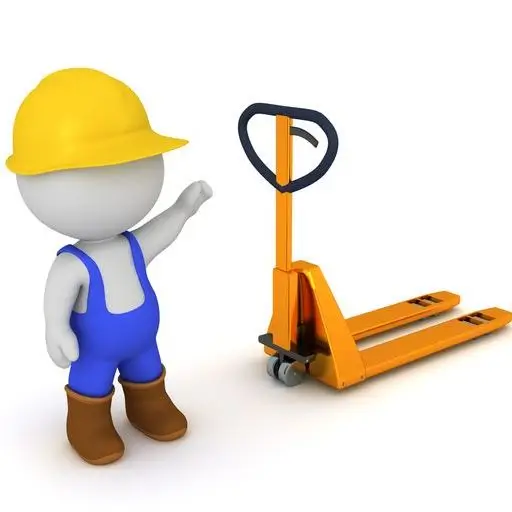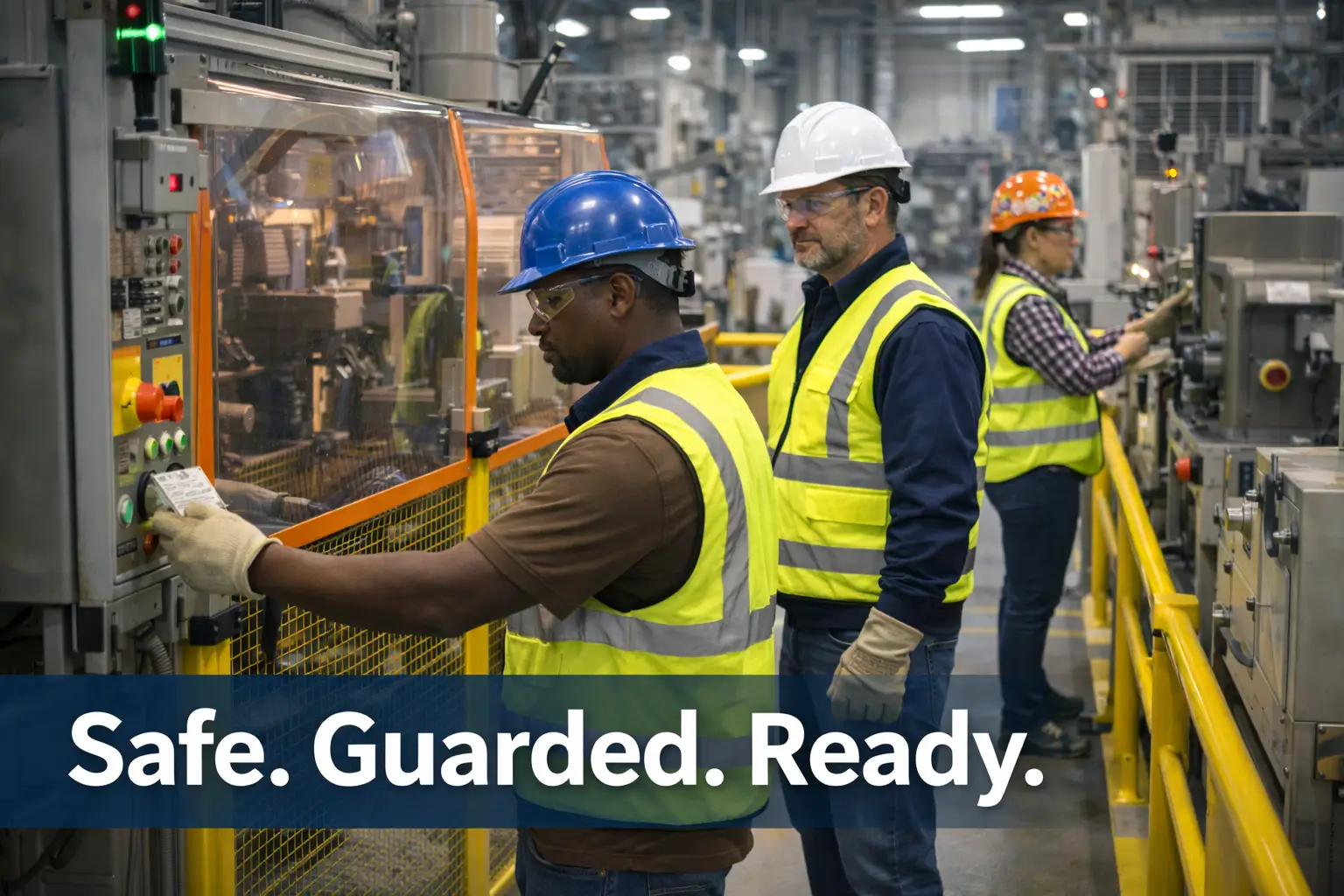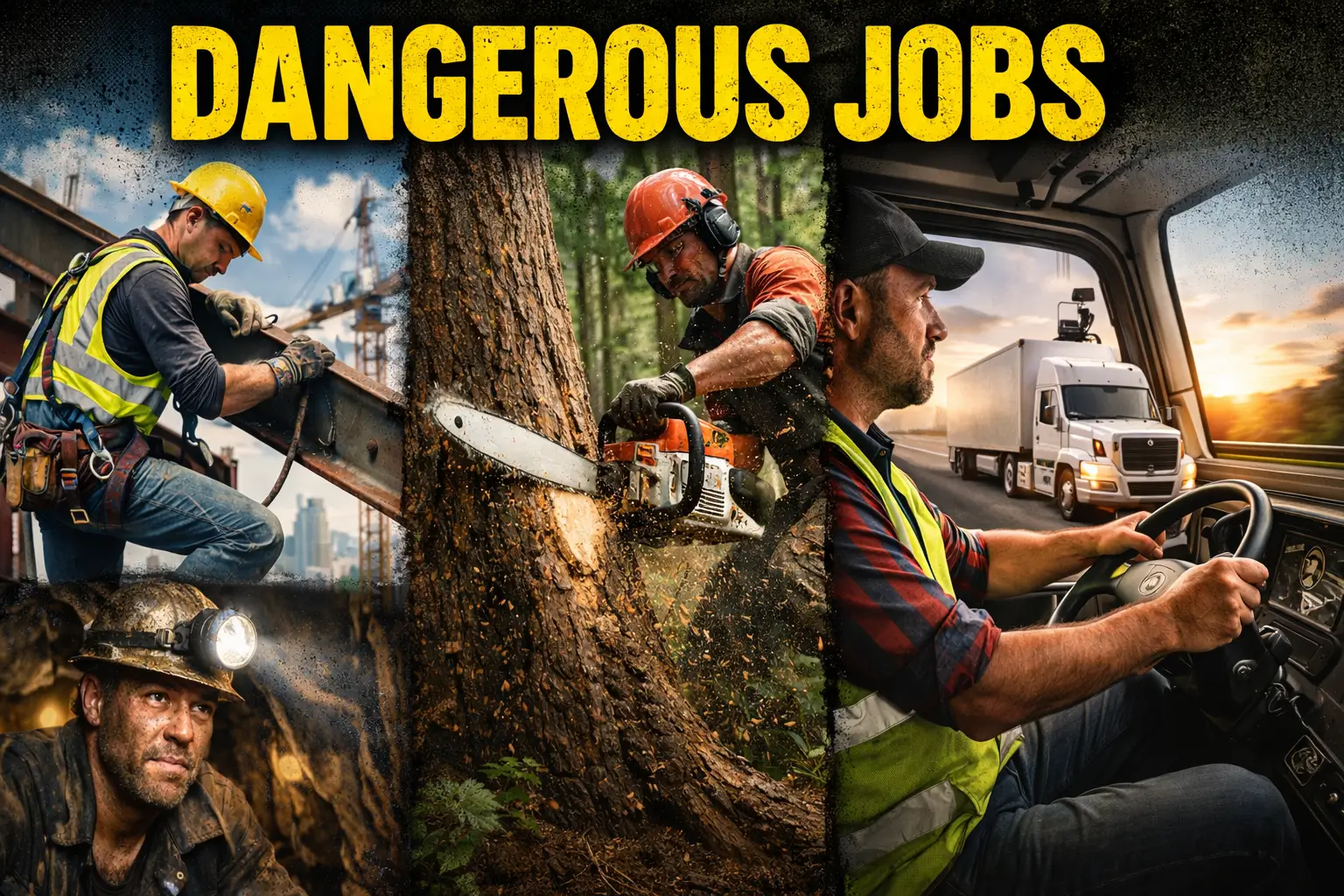A warehouse is a critical infrastructure regardless of industry. Because of the bulk storage items and heavy lifting involved in the operations, the safety of all personnel is of prime concern.
As you know, warehouses can be dangerous places to work, in this blog, you can find some practical Warehouse safety tips of 2026 to make your workplace secure for every worker.

Warehouse Safety Regulations and Standards of 2026
Based on OSHA regulations, warehouses must adhere to the policies and regulations specific to their industry.

Hazard Communication: Operators must be informed about the standards for proceeding with tasks and should be guided about possible hazards. The HazCom program advises organizations to teach workers about hazardous exposure and ways to protect them.

Fire Safety: Every warehouse must have proper fire safety procedures, an in-house fire brigade, and a detailed plan of evacuation.

Emergency Action Plan: Also known as an EAP, this plan instructs owners to prepare the workers for an emergency drill and what to do in times of crisis.

Exit Routes: Workers should be informed about the possible exit routes, and every warehouse should be able to facilitate different exits for various crises.

Walking/Working Surfaces: It’s essential to have properly maintained walking. working surfaces to avoid slips falls, or trips. The routes to drag and move bulk containers should be defined with proper signs and notices.

Medical and First Aid: The warehouse should have a proper medical aid facility for minor injuries and medical emergencies.
A Must-Follow Warehouse Safety Checklist 2026
Here’s a must-follow checklist with 7 warehouse safety tips and regulations every organization needs to implement in 2026.

Adequate Signage:
Use of Personal Protective Equipment (PPE):
Storage Policies for Hazardous Substances:
Regular Maintenance and Inspection:
Emphasizing Good Ergonomics:
Proper Forklift Operation:
Well-Defined Storage Systems:

Securing Unit Loads: There should be proper strapping and wrapping that can prevent falling objects.



Conclusion:
The safety and security of warehouse workers are essential, as they not only impact an organization’s overall productivity but can also cause a huge financial blow. Workers also need to have proper training and skills to handle heavy equipment to stay safe.









